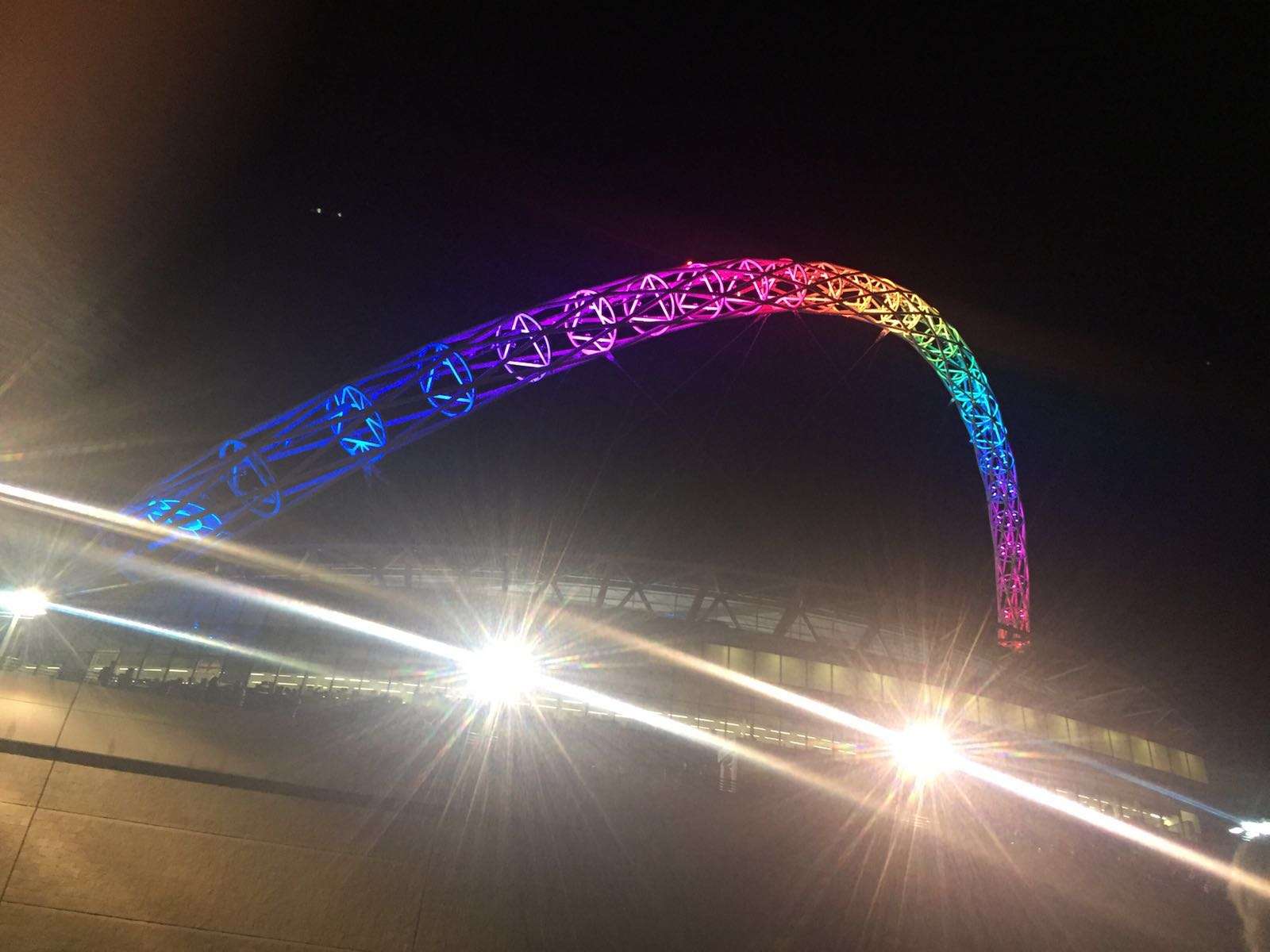Following a recent article talking about the possibility of ‘no-selfie zones’ being introduced in some tourist destinations, Social Media Account Executive Harriet discusses the effect this could have on the selfie generation and their interest in travelling.
As a part of the Social Media team I’m all for the perfect selfie, or a pretty view, to make a social media page look as aesthetically pleasing as possible. But what lengths would you go to for the perfect picture, and would you visit places if photos were banned?
With the rise in popularity of Instagram and YouTube influencers, it’s almost becoming a competition of who can get the most social media-worthy picture or video on their travels – with their fans often copying – but do they consider the risks?
I was shocked when reading an article this week about the possible introduction of ‘no-selfie zones’ at some popular tourist attractions due to selfie-related deaths. Mumbai has already instated a selfie-ban and police patrols, but how easy will it be to prevent these accidents on a mountain-top or at lesser-known locations?
As a 20-year-old who uses social media in my personal life and as a large part of my work life, I utilise platforms such as Instagram for inspiration on sightseeing spots, places to eat and things to do. When I’m in another country, of course I take pictures along the way to share with family and friends when I get home. While I’m sure people will still visit these destinations, it led me to think: what effect will ‘no-selfie zones’ have on tourism?
I’ve experienced first-hand the dangerous lengths people will go to for a picture of a mountain-top view over Barcelona. With the sheer drops and uneven ground, virtually anywhere that people stood for an Instagram-worthy picture was potentially dangerous. However, if this became a ‘no- selfie zone’ my friends and I, along with many other tourists looking for a breath-taking view over Barcelona, would never have found this relatively unknown treasure. Is it possible that introducing stricter health and safety precautions, instead of ‘no-selfie zones’, could reduce the amount of deaths?
While I’m a keen supporter of using social media as a way of sharing information, keeping in touch with people and the positive influence it can have, I’ll be intrigued to see which tourist spots will follow in Mumbai’s footsteps and the effect it will have on where ‘the selfie generation’ visit if they can’t document their travels through pictures for their followers.
At Mobas, when we’re using social media for our clients, the brand awareness and engagement on the page are increased by followers taking pictures and tagging products in their posts. Social media is essentially free marketing, and although the famous attractions themselves do not need the advertisement, what will happen to the small business owners in lesser-known areas who rely on footfall? It’s interesting to think about what responsibility brands – and destination marketing boards – have to ensure tourists are safe.
